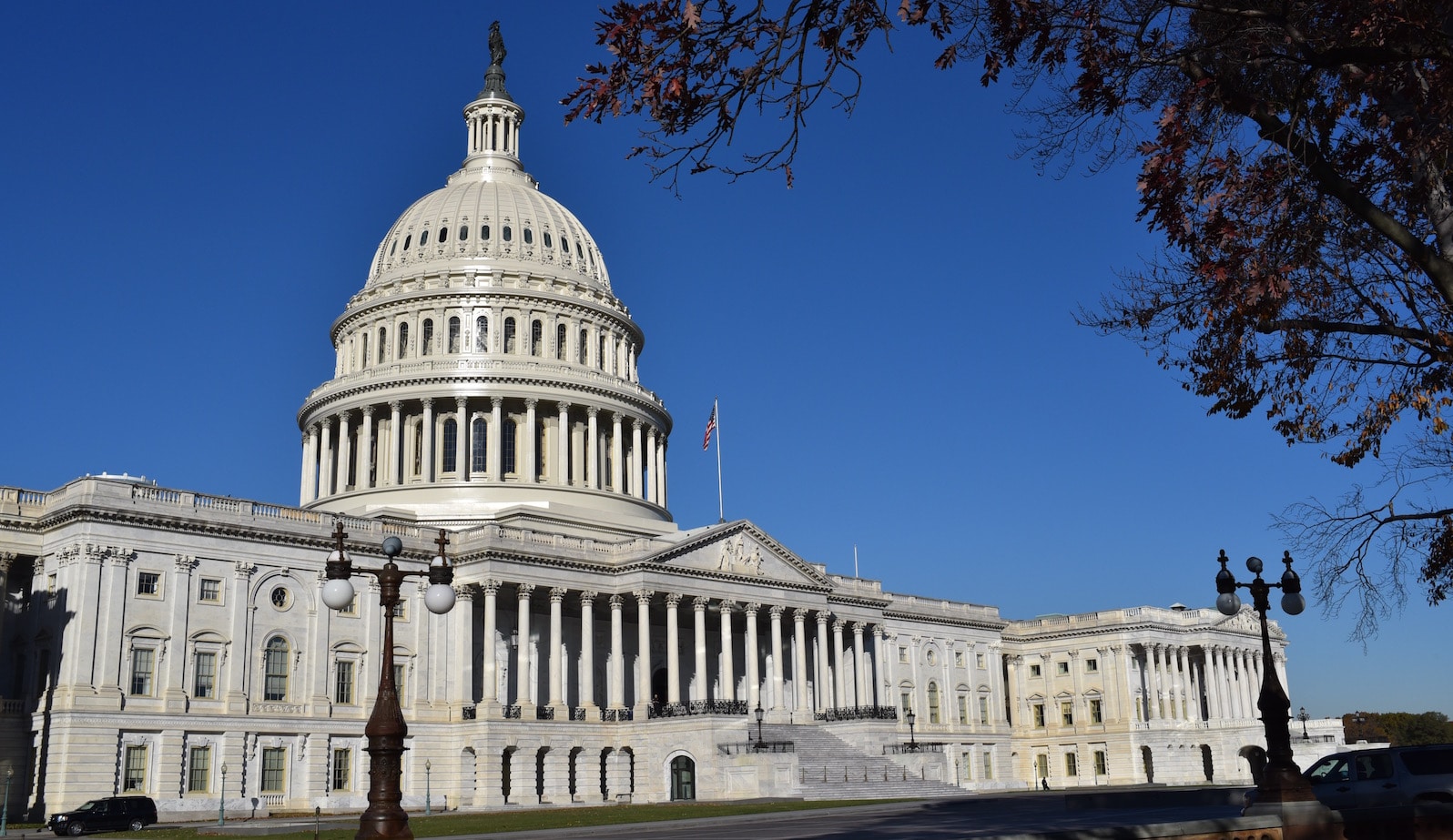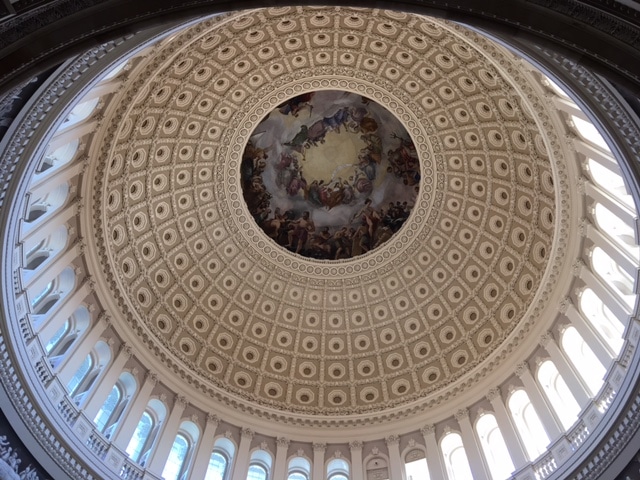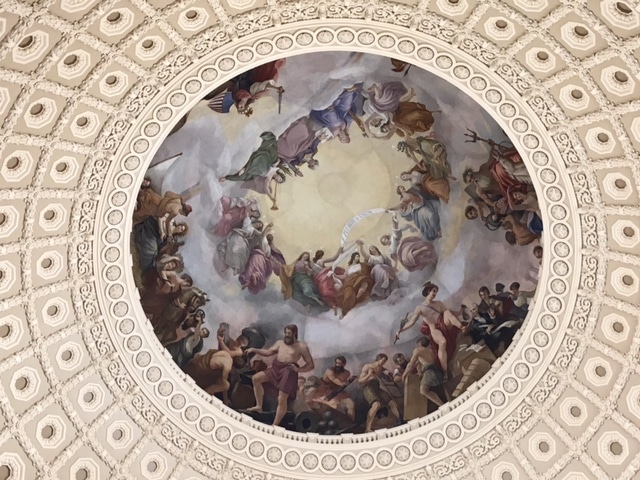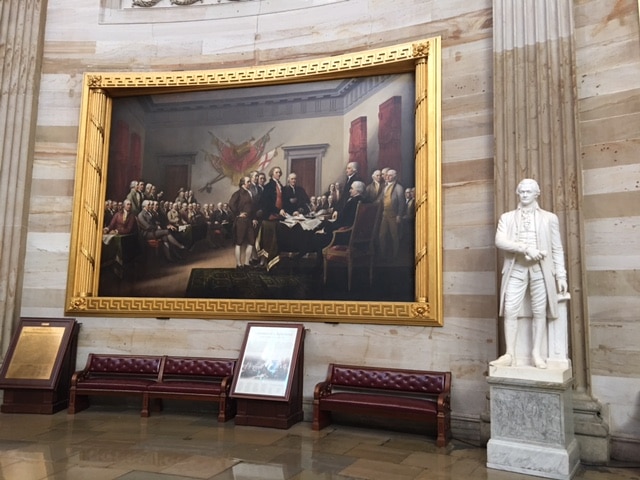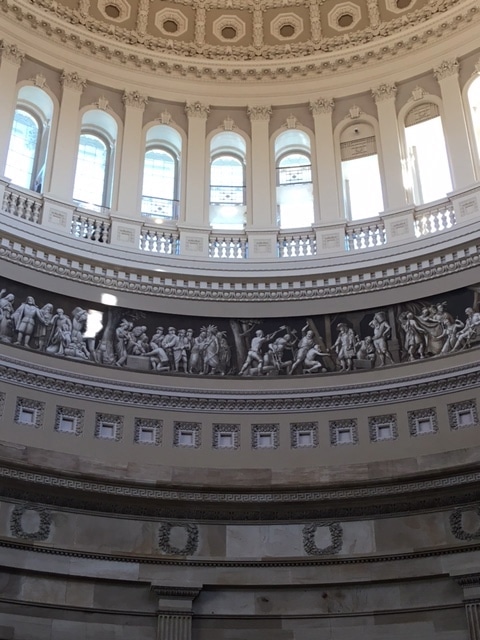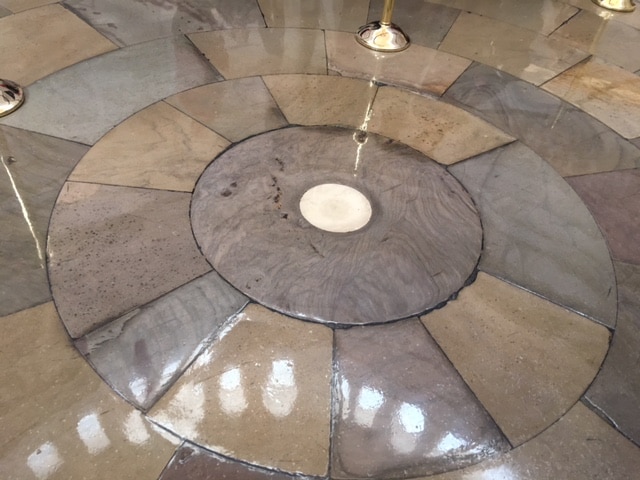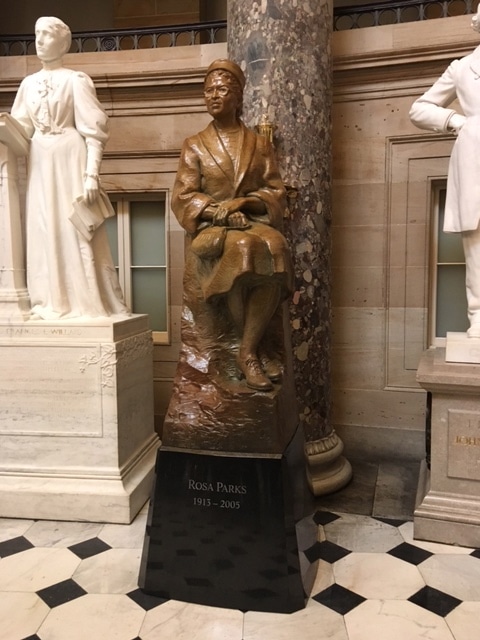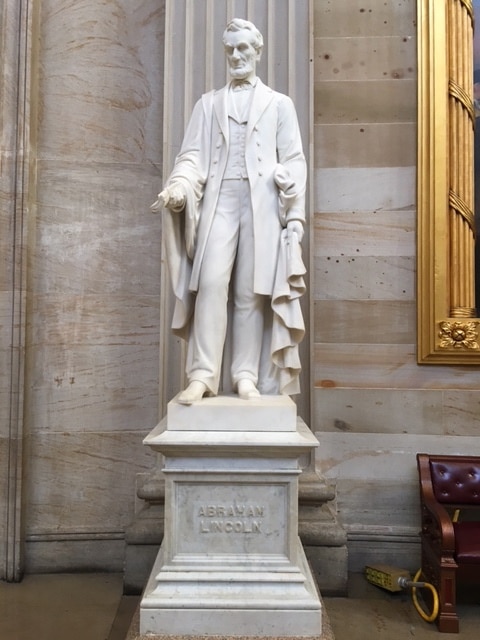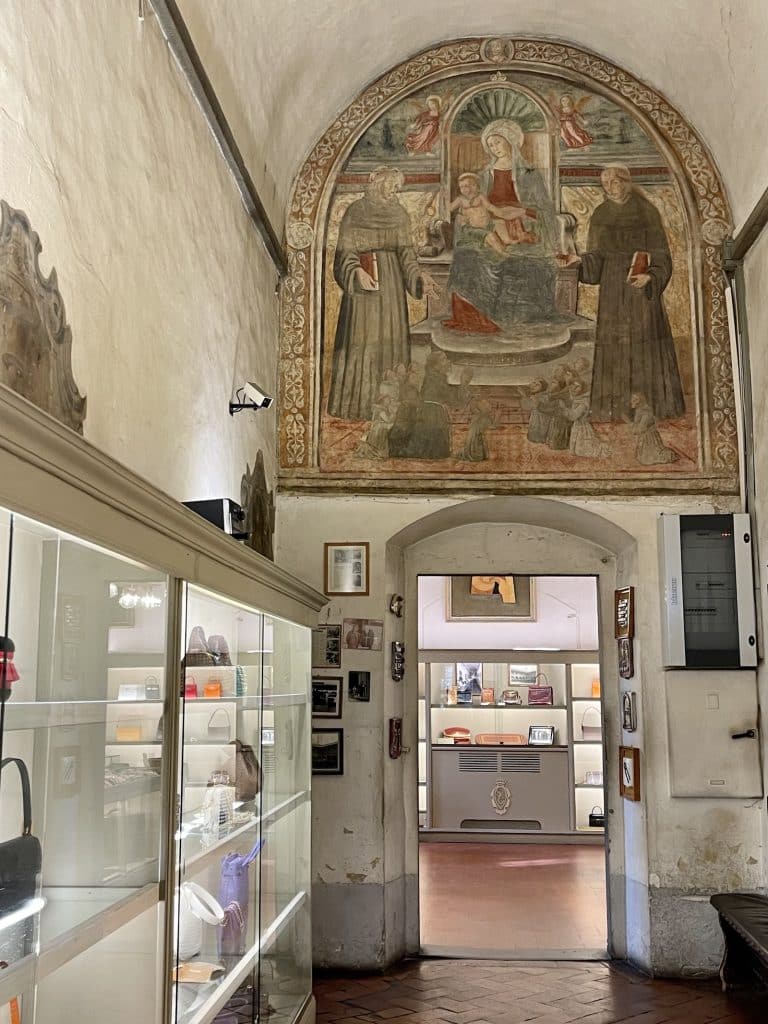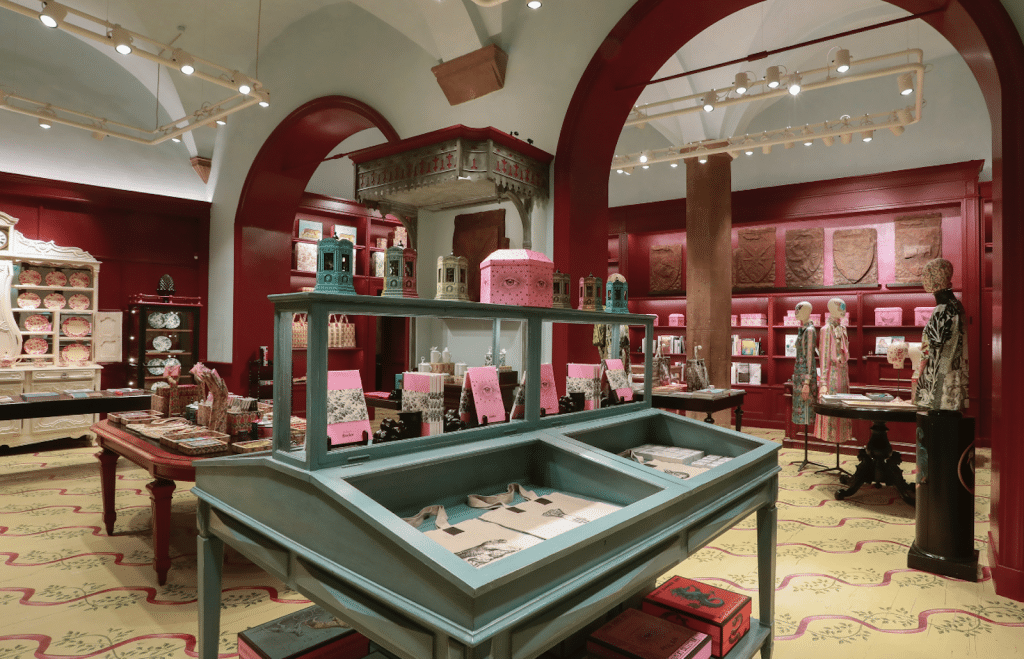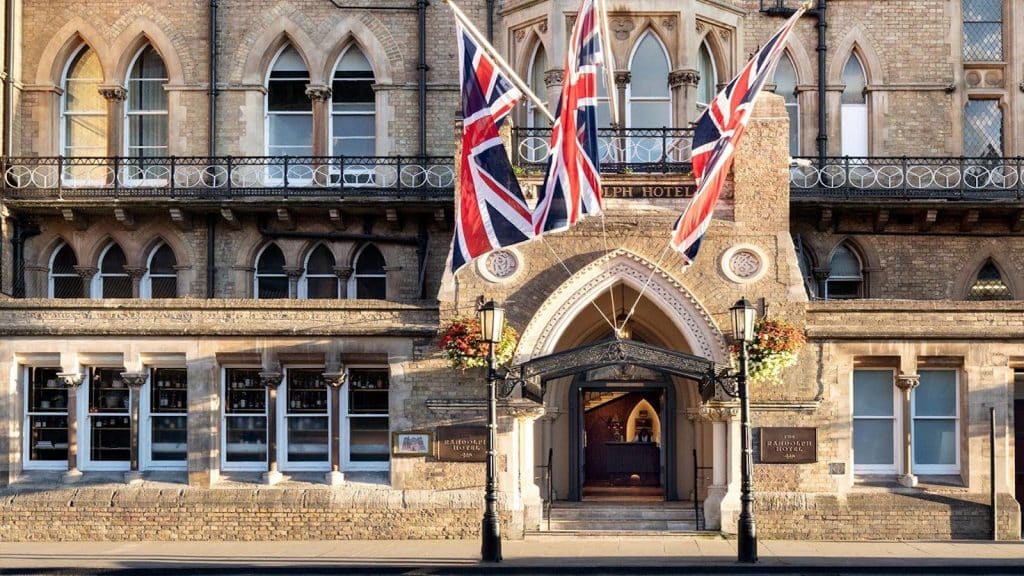The United States Capital is the most widely recognised symbol of democratic government in the world. It has housed congress since 1800. The Capital is where Congress meets to write the laws of the nation, and where presidents are inaugurated and deliver their State of the Union messages. The original Capitol was designed by Dr. William Thornton, and the cornerstone was laid by President George Washington on 18 September, 1793. In 1800, when the government moved from temporary quarters in Philadelphia to Washington D.C., the Capitol that awaited them was an unfinished brick and sandstone building. During America’s second war with Great Britain, British troops burned the Capitol, the exterior walls survived but much of the interior was gutted. During the Civil War, work continued on the new cast-iron dome and in 1863, the Statue of Freedom was placed at the top of the dome, 287 feet above the East Plaza.
The Rotunda is the heart and centre of the Capitol. Although it serves no legislative function, it is a ceremonial space where state funerals have been held since the time of Abraham Lincoln, for presidents, members of Congress, military heroes and eminent citizens. Visiting heads of state and special guests are often received in the Rotunda. On the canopy, suspended 180 feet above the Rotunda floor, the Italian-American artist, Constantino Brumidi, painted ‘The Apotheois of Washington’. It shows George Washington surrounded by symbols of American democracy and technological progress.
Hanging in the Rotunda are four giant canvases painted by John Trumbull, an aide-de-camp to General Washington, who painted scenes of the American Revolution.
Brumidi was painting the 65ft frieze that rings the Rotunda when he died. The frieze depicts 19 scenes from the Nation’s history and was completed by other artists after his death.
The spot for those who have lain in state or honour in the Capital Rounda … from Abraham Lincoln to John F. Kennedy to Rosa Parks.
The National Statuary Hall collection in the Capitol is comprised of statues donated by individual states. Each state is represented by two statues by their legislature to honour notable citizens. The statues are also displayed in the Rotunda, the Capital Visitor Centre and throughout the building.
Abraham Lincon’s original desk location where The House of Representatives used to meet, now Statuary Hall. House members drew their seats by lot and on 8 December, 1847, Lincoln acquired location no. 191.
For further information on how you can visit the U.S. Capitol, please visit: www.visitthecapitol.gov
Images by CELLOPHANELAND*.




